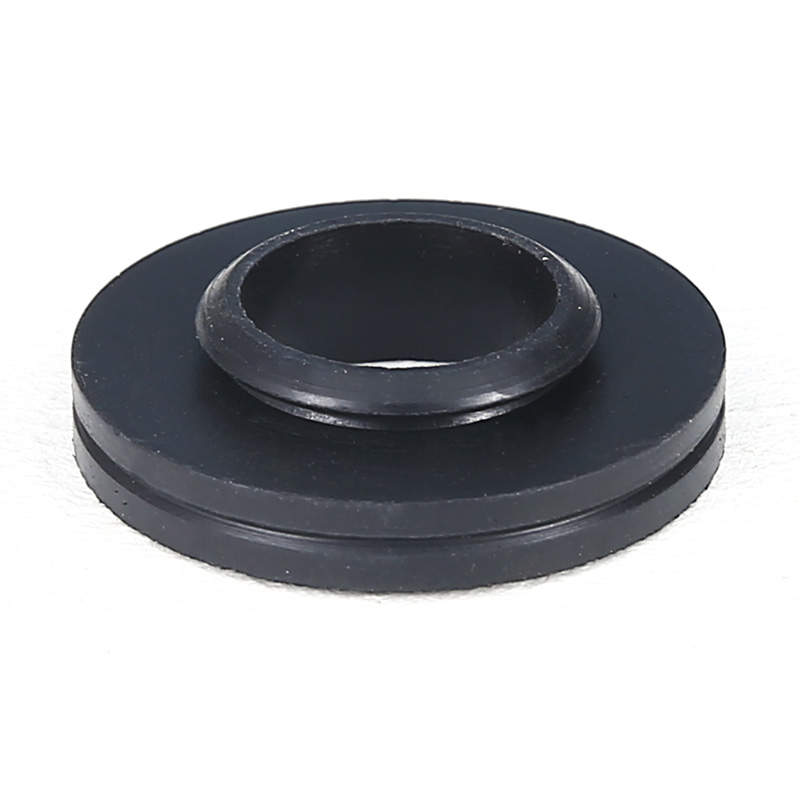+86-576-88024290
Search
03 10, 2025
Industry Updates
In many industrial and mechanical applications, Special Shape Seal Rings play a critical role in preventing leaks, maintaining pressure, and ensuring the reliable operation of equipment. Proper installation and regular maintenance of these seal rings are essential for their performance and lifespan. This article addresses key questions about installing, protecting, and maintaining Special Shape Seal Rings.
Installing a Special Shape Seal Ring correctly begins with preparing both the seal and the housing where it will be fitted. Ensure that the groove or surface where the seal will sit is clean, free of debris, and smooth to prevent abrasion or uneven wear. Carefully align the seal with its designated position, making sure it matches the groove dimensions and orientation.
During installation, it is important to avoid stretching or twisting the seal, as Special Shape Seal Rings are designed to fit precisely. Applying even, gentle pressure while inserting the seal into the groove helps ensure that it seats properly without damage. Using installation tools designed for seal placement, such as mandrels or ring guides, can simplify the process and reduce the risk of errors.

Yes, in many cases, lubrication is recommended to facilitate the installation of Special Shape Seal Rings. A thin layer of compatible lubricant, such as silicone grease or oil, can help the seal slide into place smoothly and reduce friction that might otherwise damage the ring. Lubrication also minimizes the risk of tearing or deformation during insertion.
Specialized installation tools can further assist in placing the seal without causing damage. For example, ring expanders, insertion guides, or soft mandrels can help evenly distribute pressure around the seal, ensuring a proper fit. While these tools are not always mandatory, they are highly recommended for larger seals or those used in high-pressure systems to maintain integrity and performance.
To prevent damage or deformation of Special Shape Seal Rings during installation, follow several practices:
Avoid excessive force: Pressing or stretching the seal too forcefully can cause cracks, permanent deformation, or misalignment.
Use the right tools: Mandrels, guides, or installation sleeves can reduce the risk of pinching or twisting.
Check surface condition: Ensure that all mating surfaces are clean, smooth, and free of burrs or sharp edges that could damage the seal.
Lubricate appropriately: Proper lubrication reduces friction and prevents tearing.
By carefully following these steps, the Special Shape Seal Rings will maintain their designed shape and functionality, providing a reliable seal for the intended application.
Regular inspection and timely replacement of Special Shape Seal Rings are essential to ensure continued performance. The frequency of inspection depends on the operating conditions, including temperature, pressure, chemical exposure, and mechanical load. In general, seals should be inspected during routine maintenance cycles or whenever equipment is disassembled.
Signs that a Special Shape Seal Ring requires replacement include visible wear, cracks, hardening, swelling, or leakage. Even if no visible damage exists, replacing seals at recommended intervals can prevent unexpected failures, especially in high-pressure or critical systems. Proper record-keeping of inspection dates and replacement cycles helps maintain system reliability.
Proper installation and maintenance of Special Shape Seal Rings are key to ensuring their effectiveness and longevity. By following correct installation procedures, using lubrication and specialized tools when needed, preventing damage during placement, and conducting regular inspections, these seals can provide reliable performance in demanding applications. Understanding how to handle Special Shape Seal Rings correctly not only improves equipment efficiency but also reduces maintenance costs and downtime, making them an indispensable component in many industrial systems.